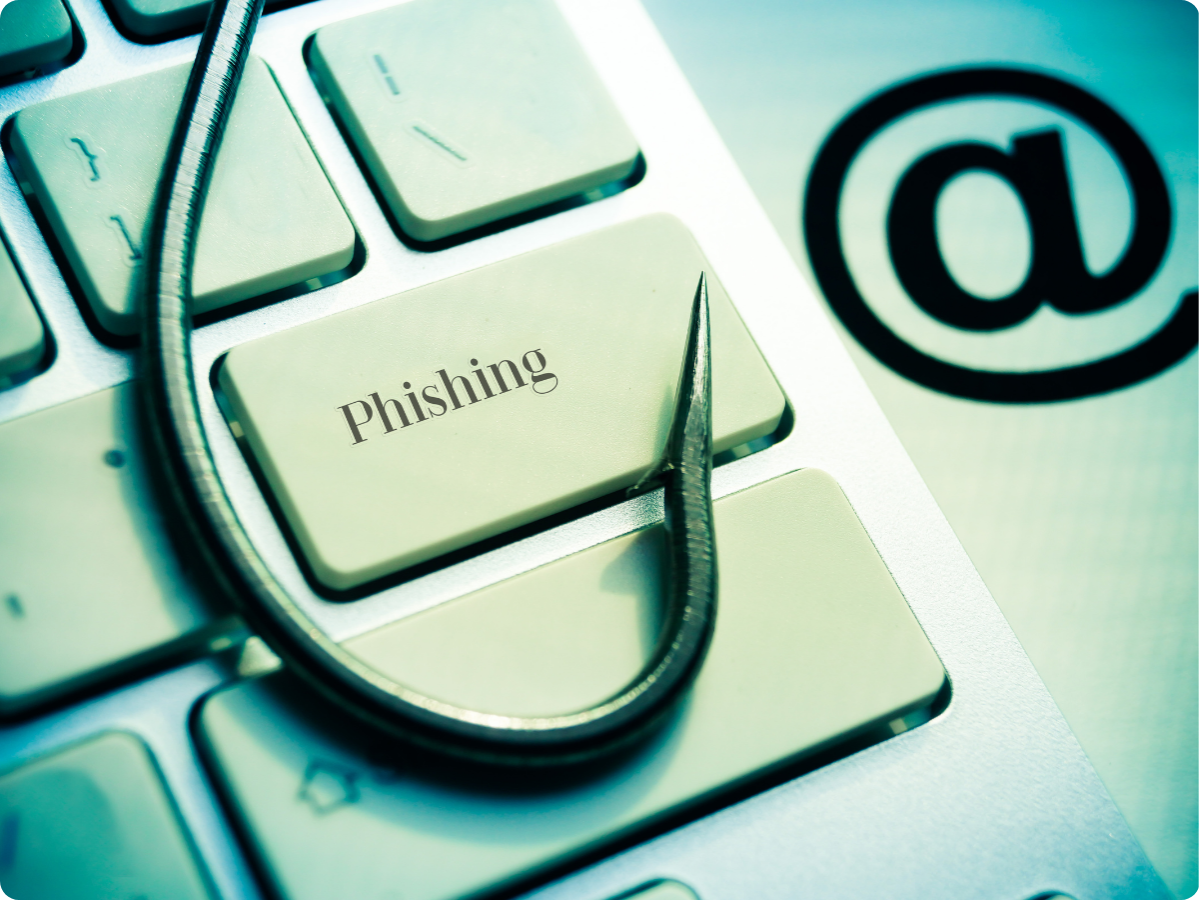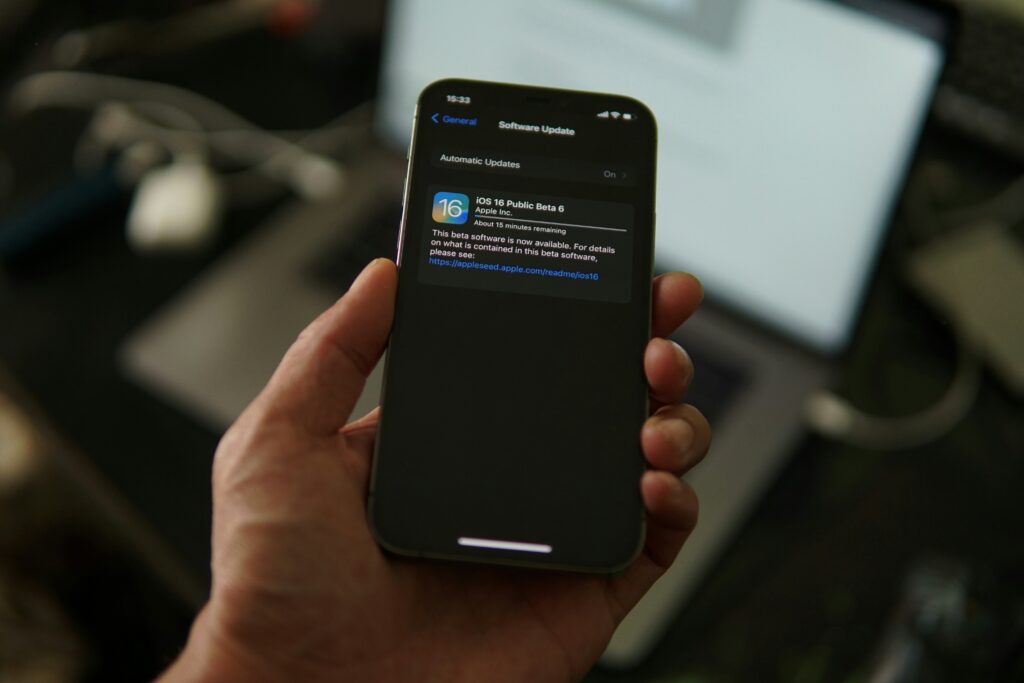
In 2025, email fraud (or phishing) attempts have become more sophisticated than ever. Cybercriminals exploit social engineering, automation, and even AI to bypass security systems and deceive users. They also rely on a well-known flaw: human error.
For businesses and individuals alike, knowing how to recognize a fraudulent email has become an essential skill. Here are 5 clear signs to help you identify a potentially malicious message before it causes any damage.
1. Unusual Sender Address
Even if the name displayed seems legitimate, the actual email address may reveal the scam. It is not uncommon to see subtle variations imitating well-known organizations.
For example:
service-client@micros0ft-support.com instead of support@microsoft.com.
Good reflex: always check the sender’s full address. If it contains mistakes, numbers instead of letters, or a suspicious domain name, proceed with caution.
Can’t see the sender’s full address? Here’s a simple trick. Simply click on forward. You’ll see exactly how the email address is written!
![]()
2. A Sense of Urgency or Threat
One of the most used tactics by fraudsters is emotion, particularly fear. Messages mentioning account suspension, unpaid payments, or suspicious activity prompt quick clicks, without taking the time for further verification.
It is important to remember that a legitimate organization will not use panic tactics to obtain sensitive information. If in doubt, it is best to contact the company directly via its official channels.
3. Suspicious Links or Attachments
A malicious link may redirect to a fake page imitating an official website, whereas an infected attachment may contain spyware or ransomware. Files with unusual extensions (.exe, .scr, .js) or misleading names (Invoice_2025.pdf.exe) can compromise the entire company system and should be considered suspicious.
Before clicking, it is essential to check the full URL of the link by hovering over it (on a computer) or by long pressing (on mobile). If it does not correspond to the expected domain, it’s best not to click it.

4. Language Errors or Inconsistent Tone
Although attacks are becoming more professional, spelling, grammar, and even formulation errors are common in fraudulent emails. Some messages are automatically translated, resulting in clumsy or even incoherent content. Even as AI improves, these errors remain a good indicator.
A message containing several mistakes or phrased unusually should always raise suspicion, especially if it’s from a supposedly official contact.
5. An Unusual or Suspicious Request
BEC (Business Email Compromise) frauds often target employees by asking them, under the guise of a superior, to perform an urgent action: change bank details, transfer money, purchase gift cards, share confidential information, and so on.
Any request that falls outside of the standard framework, especially when accompanied by an urgent tone, must be validated via a secondary channel (call, secure message, etc.).
Protecting the Company Involves the Human Element
Technological tools filter out a large proportion of threats. But a single misplaced click can be enough to compromise an entire network. It is therefore essential to:
- Regularly train teams on the risks associated with fraudulent emails.
- Implement multi-level validation procedures.
- Ensure all employees understand their role in the organization’s cybersecurity.

In Conclusion,
Phishing threats are evolving, but certain signs remain good indicators of fraud. Here’s a summary of what to look out for:
- ✅ Suspicious sender address.
- ✅ Alarmist or urgent tone.
- ✅ Suspicious links and attachments.
- ✅ Language errors or inconsistencies.
- ✅ Unusual or urgent request.
What We Recommend
Prevention relies on education and vigilance. In a company, each user represents a line of defence. At 10RUPTiV, protection tools are combined with awareness sessions to reduce the human risks related to malicious emails.
Need support strengthening your digital security or train your teams? Our team is here to help you implement security practices adapted to your reality.


